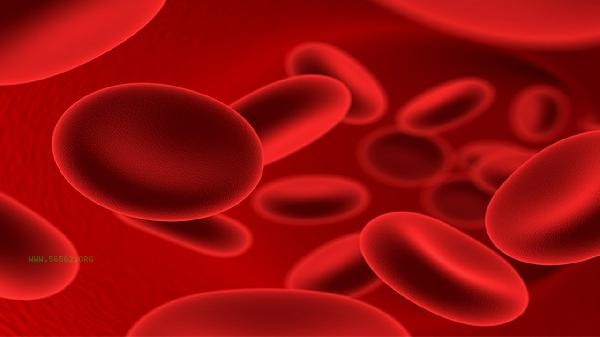The standard value of red blood cells for anemia is usually 4.3-5.8 × 10 ¹ ²/L for males and 3.8-5.1 × 10 ¹ ²/L for females, and the specific range may vary slightly depending on the testing method, age, and physiological status. When the red blood cell count is below the lower limit, anemia should be comprehensively judged by combining indicators such as hemoglobin. Red blood cell count is one of the core indicators for diagnosing anemia, but it needs to be evaluated in conjunction with hemoglobin concentration and hematocrit. When the red blood cell count of adult males is below 4.3 × 10 ¹ ²/L or females is below 3.8 × 10 ¹ ²/L, it suggests a possible risk of anemia. The reference range for children varies greatly with age, with newborns reaching 5.0-7.0 × 10 ¹ ²/L and children aged 6-12 gradually approaching adult levels. Pregnant women may experience physiological dilution anemia due to increased blood volume, and the lower limit of red blood cell count can be relaxed to 3.5 × 10 ¹ ²/L. Residents in high-altitude areas are stimulated by hypoxia to produce red blood cells, and the normal value is usually 0.3-0.5 × 10 ¹ ²/L higher than that in plain areas. Venous blood sampling is superior to peripheral blood during testing to avoid false reduction caused by compression. Some automatic blood cell analyzers use optical or impedance methods, and there may be slight deviations between different instruments.

It is recommended that anemic patients increase their intake of iron rich foods such as animal liver and lean meat, combined with vitamin C to promote iron absorption. Long term vegetarians should pay attention to supplementing folic acid and vitamin B12. Avoid beverages such as strong tea and coffee that affect iron absorption. Mild anemia can be improved through dietary adjustments, while moderate to severe anemia should be promptly diagnosed with a doctor to determine the cause and eliminate potential risks such as gastrointestinal bleeding and bone marrow diseases.








Comments (0)
Leave a Comment
No comments yet
Be the first to share your thoughts!